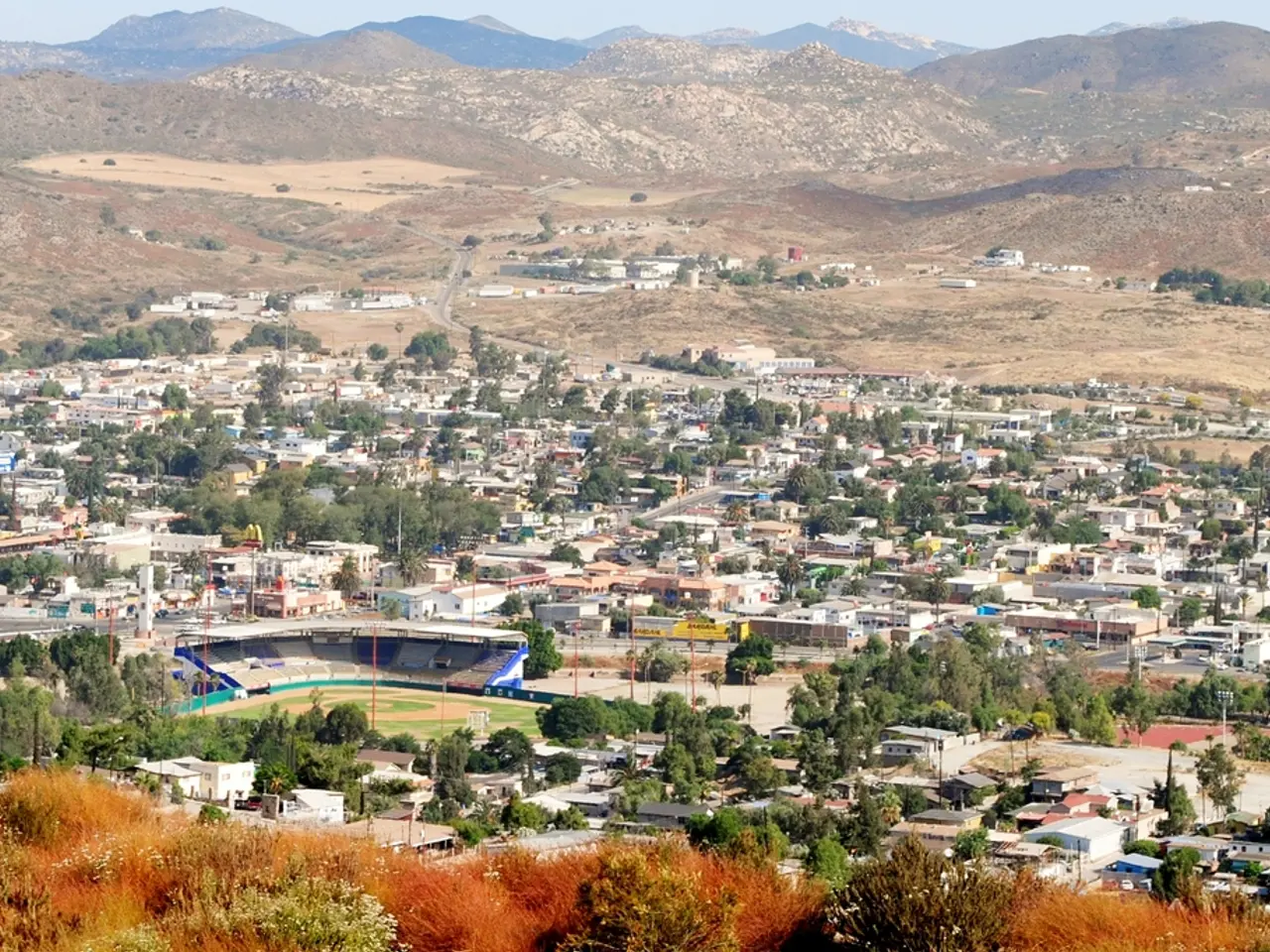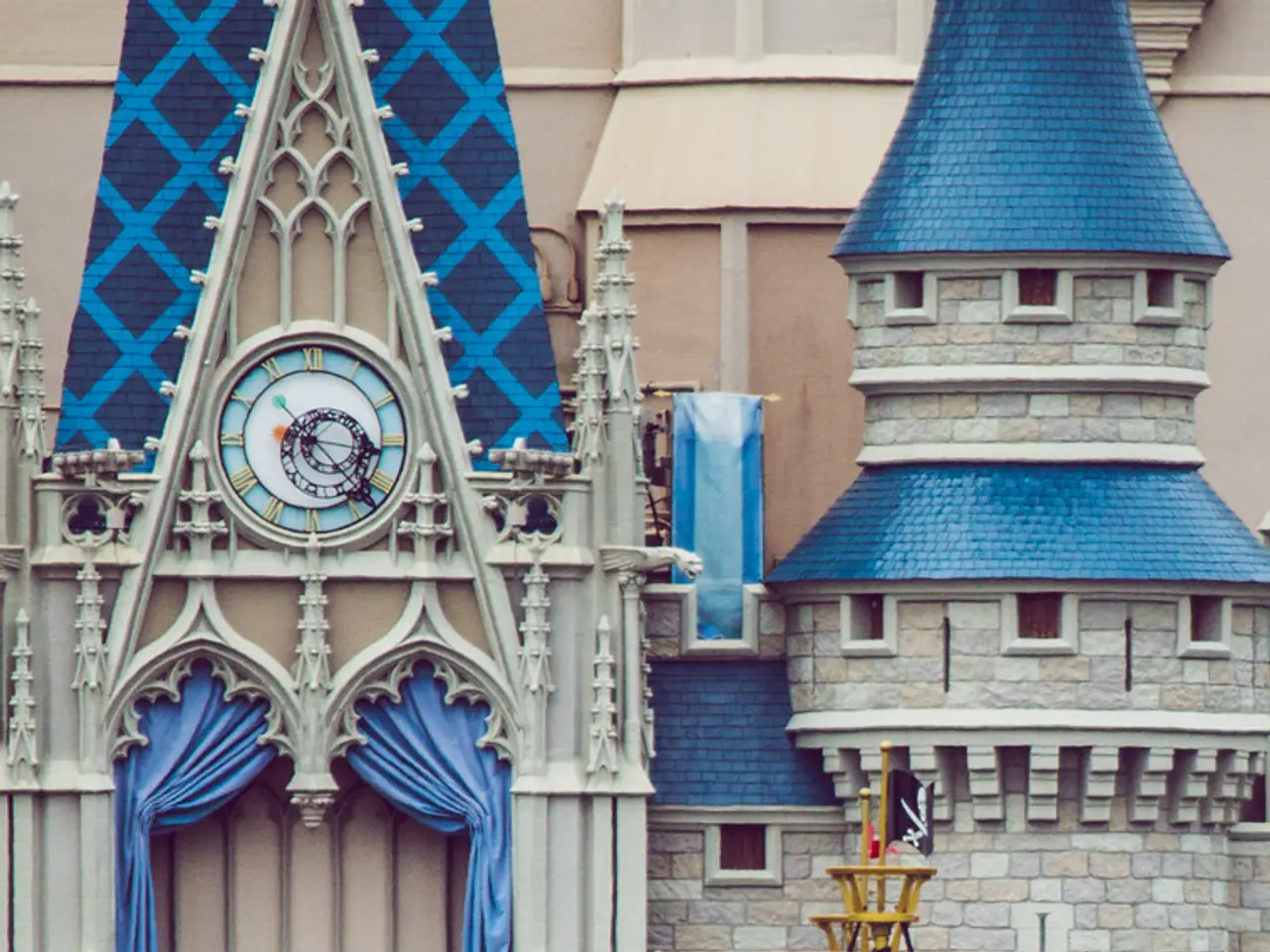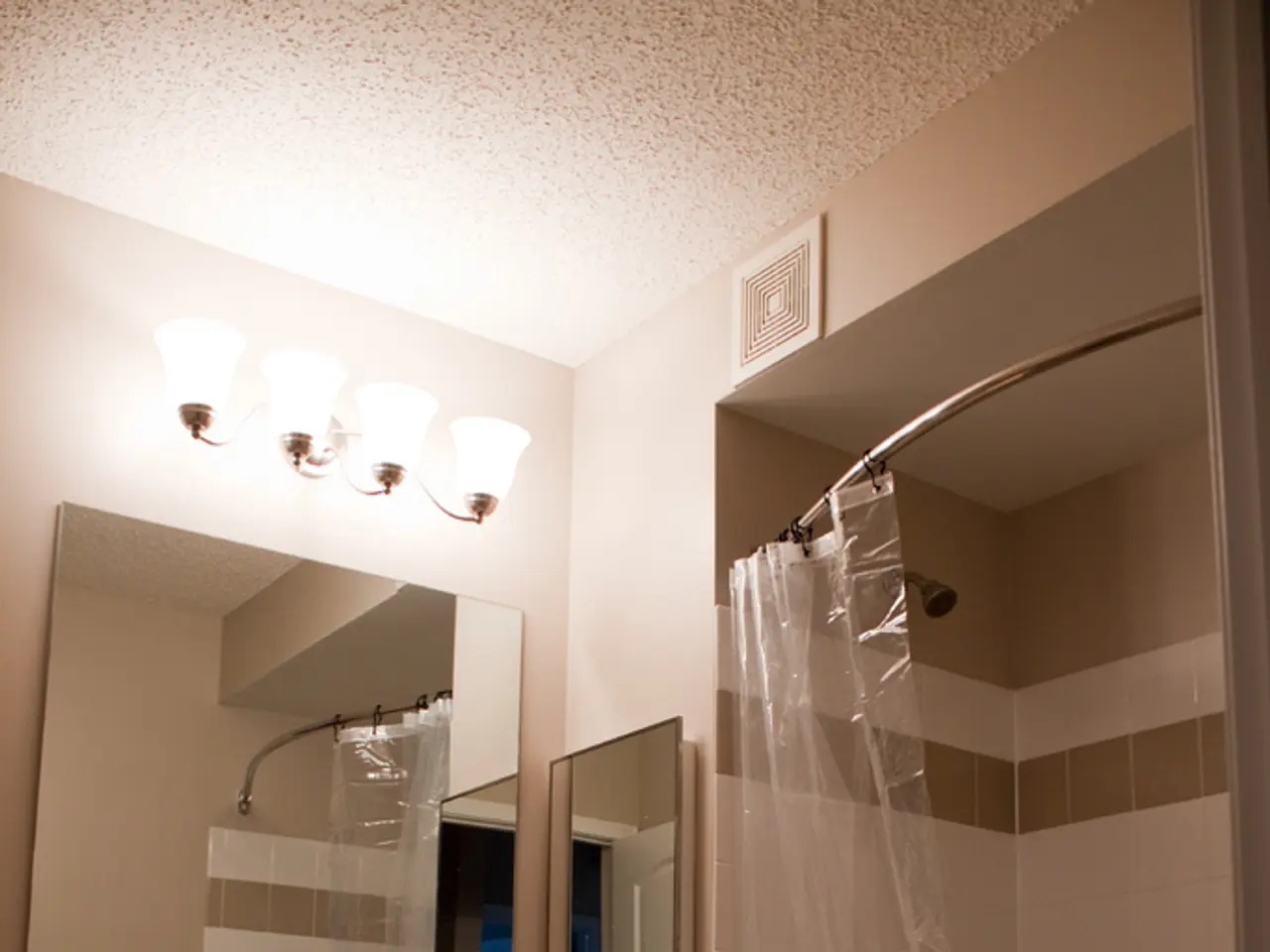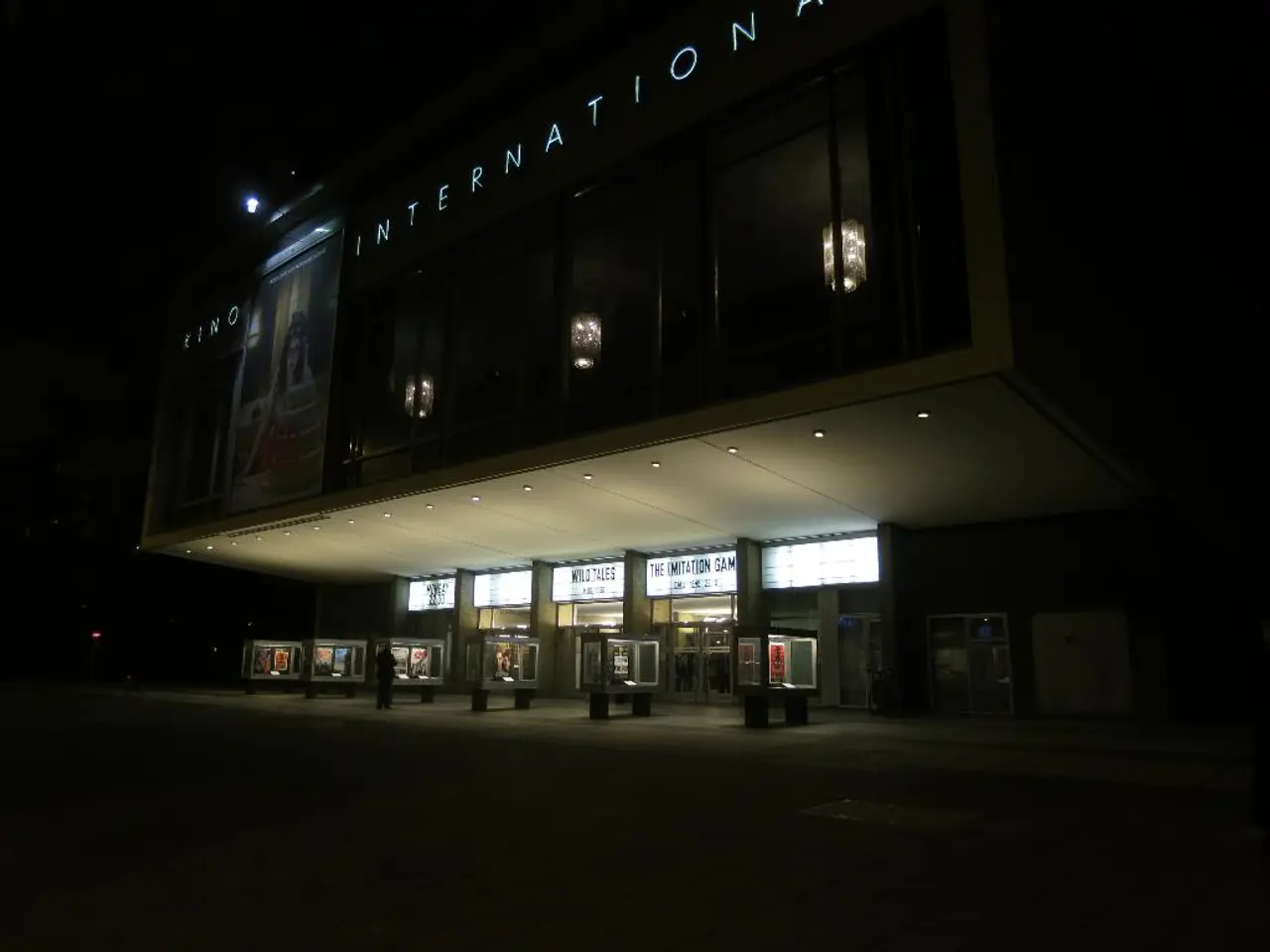Uniting during Times of Adversity
In the heart of the COVID-19 pandemic, a significant shift in American households has emerged - the rise of multigenerational living. This trend, accelerated by economic uncertainty, health concerns, and caregiving needs, is reshaping the housing landscape across the nation.
One family embracing this change is the Ruzos. Geoscientist Andrés Ruzo, his wife Sofia, and their son Silvano, previously residing in Miami, Florida, moved temporarily to Dallas, Texas, to live with Ruzo's parents during the pandemic.
Before the move, the Ruzos were living in a bungalow suite, generously offered rent-free by Ruzo's parents. However, the small space, which doubled as Ruzo's lab during travel restrictions, proved insufficient for a family of three, including a preschooler.
Ruzo, who grew up in a large, multigenerational family, wants his son to have a similar experience. He believes that living with extended family members fosters a sense of community and shared values, a sentiment echoed by many families across the U.S.
The pandemic has highlighted the importance of adaptable home spaces and digital literacy support for health management. Older adults often take on caregiving roles within these households, managing chronic health conditions. This trend is reflected in the Ruzos' living arrangement, as Ruzo's father, a high-risk individual, benefits from the family's proximity.
The rise of multigenerational living has influenced home buying and building decisions. Buyers and builders are now prioritizing homes that can accommodate multiple generations comfortably, with more bedrooms and bathrooms, private living spaces, and flexible rooms that can function as home offices or caregiving areas.
This trend is not confined to the Ruzo family. Millennials, a large segment of homebuyers, tend to marry and have children later but are also part of increasingly diverse and multigenerational family structures. Their homeownership decisions increasingly consider the needs of extended family members and caregiving roles.
The shortage of affordable housing is another factor driving this trend. Noerena Limon of the NAHREP suggests building multifamily zoning and rethinking the use of land to address the affordable housing shortage.
The pandemic has revealed gaps in elder care and the importance of community and home-based care services. Technological innovations in home healthcare and telemedicine have become integral to supporting older adults living in multigenerational households. This suggests a rising demand for homes with the infrastructure to support digital health technologies and caregiving.
Post-pandemic initiatives have reshaped the care economy, recognizing the role of family caregivers and multigenerational arrangements in care provision. This trend is expected to continue to influence home building and home-buying decisions for certain segments of the U.S. population, particularly the Latino and Asian American communities.
However, the red-hot housing market is making it impossible for the Ruzos to purchase a house near his parents. Despite the challenges, the family is grateful for the opportunity to spend time with Ruzo's parents and ensure his father's safety. The living room serves as a gathering space, playroom, and classroom, reflecting the family's shared values and the benefits of multigenerational living.
- The Ruzos, who formerly lived in a bungalow suite in Miami, Florida, have shifted residence temporarily to Dallas, Texas, with Ruzo's parents, due to the pandemic.
- Ruzo, a geoscientist, wants his son to experience the sense of community and shared values fostered by living with extended family members, a sentiment echoed by many American families.
- The pandemic has highlighted the significance of adaptable home spaces for health management and digital literacy support, with older adults often taking on caregiving roles within these households.
- The rise of multigenerational living has prompted home buyers and builders to prioritize houses with multiple generations in mind, featuring more bedrooms, bathrooms, private living spaces, and flexible rooms.
- The shortage of affordable housing and the need to address it through multifamily zoning and rethinking land use are factors driving this trend, as suggested by Noerena Limon of the NAHREP.
- As families like the Ruzos grapple with the challenges of the red-hot housing market, they continue to reap the benefits of multigenerational living, such as shared values, caregiving, and strengthened relationships.




